Python for Mathematical Foundations: Linear Algebra, Calculus, Trigonometry, and Beyond
Original price was: $174,99.$25,00Current price is: $25,00.
- 100% Satisfaction Guaranteed!
- Immediate Digital Delivery
- Download Risk-Free
✔️ Lectures: 163 – Duration 37 hours
Unlock the Power of Math with Python
Master essential mathematical concepts through engaging, hands-on programming.
Are you ready to embark on a journey that seamlessly blends mathematics and coding? This comprehensive course offers a unique approach to learning fundamental mathematical concepts using Python, a versatile and widely-used programming language.
Key Benefits:
- Intuitive Learning: Gain a deeper understanding of mathematical principles by actively applying them in Python code.
- Practical Applications: Explore real-world use cases of mathematics in fields like data science, artificial intelligence, and machine learning.
- Comprehensive Coverage: From algebra and trigonometry to calculus and linear algebra, this course covers a wide range of essential topics.
- Expert Guidance: Benefit from the expertise of a seasoned instructor with a proven track record in online education.
- Interactive Learning: Engage in hands-on exercises, quizzes, and projects to reinforce your learning and build confidence.
Course Highlights:
- Step-by-Step Guidance: Learn Python from the ground up, even if you have no prior programming experience.
- Essential Python Libraries: Master libraries like NumPy, SymPy, SciPy, and Matplotlib for efficient mathematical computations and visualizations.
- Practical Exercises: Apply your knowledge through numerous coding challenges and real-world scenarios.
- Comprehensive Curriculum: Explore topics such as:
- Arithmetic
- Algebra
- Trigonometry
- Calculus
- Linear Algebra
- And more!
- Expert Support: Access a dedicated Q&A forum for timely assistance and clarification.
Who This Course is For:
- Students: Enhance your mathematical skills and gain a competitive edge.
- Professionals: Expand your knowledge of mathematics for applications in data science, AI, and other fields.
- Self-Learners: Discover a fun and engaging way to learn math independently.
Download today and unlock the power of mathematics through coding!
7 reviews for Python for Mathematical Foundations: Linear Algebra, Calculus, Trigonometry, and Beyond
You must be logged in to post a review.

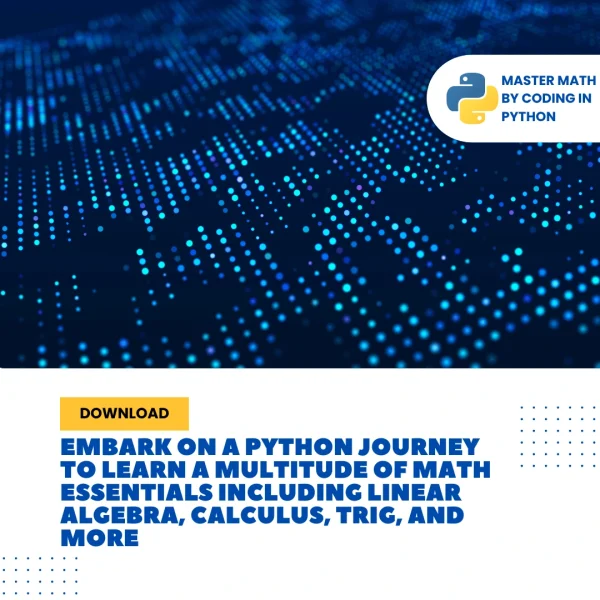
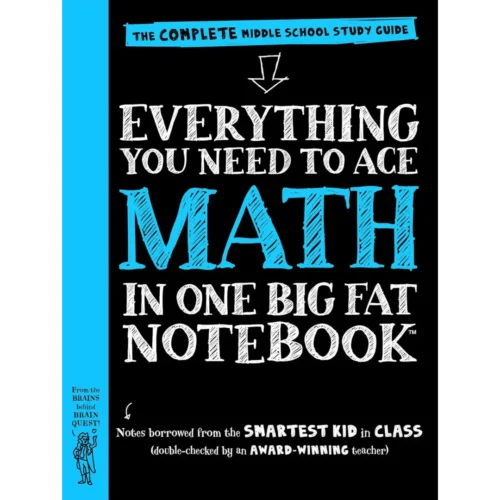
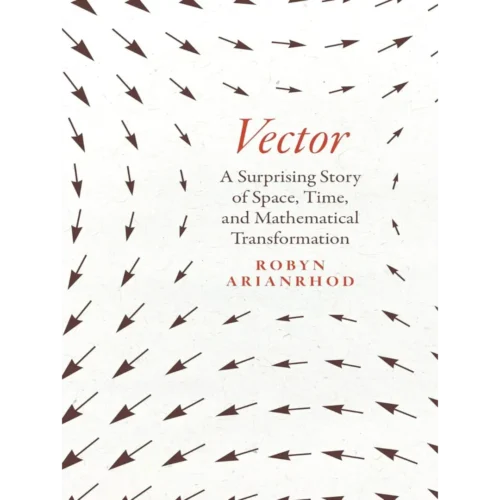
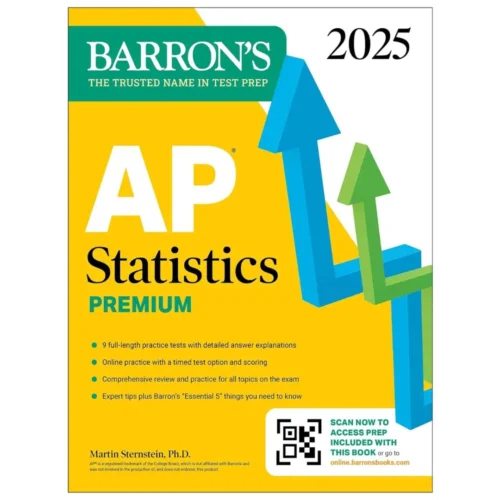
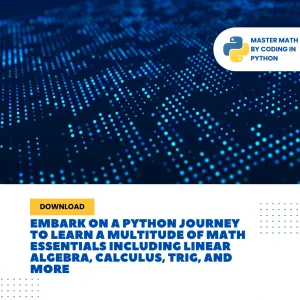
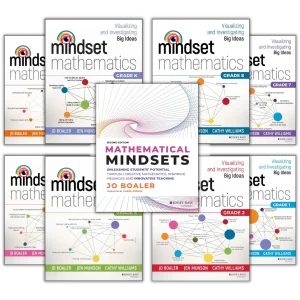
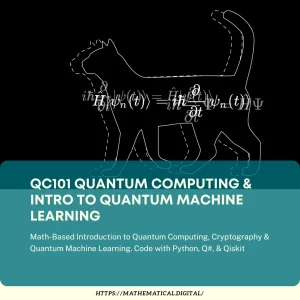
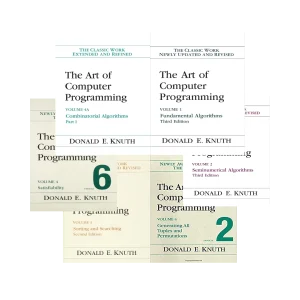
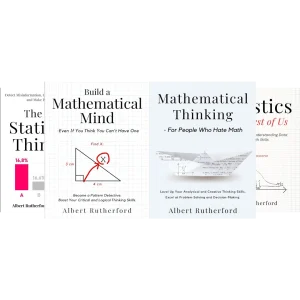
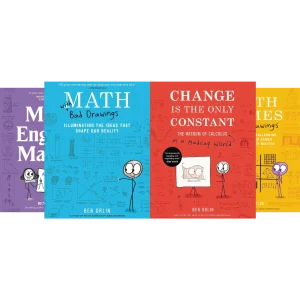
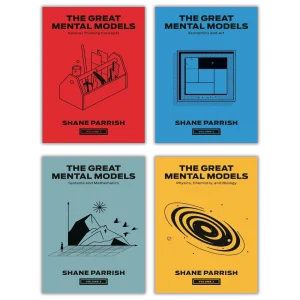


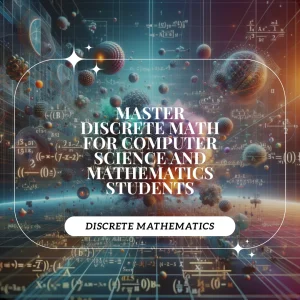
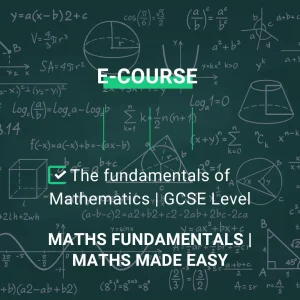
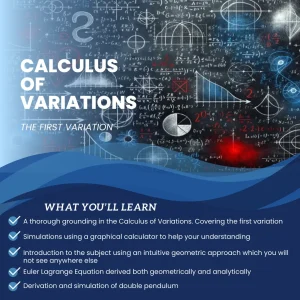
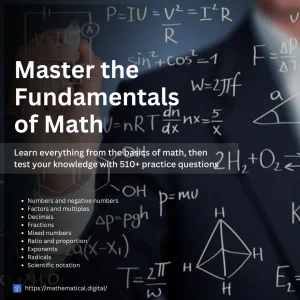
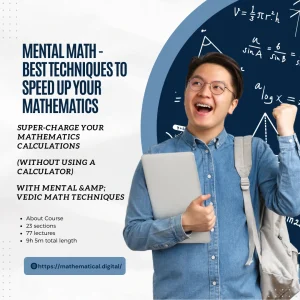
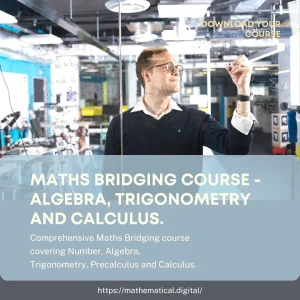
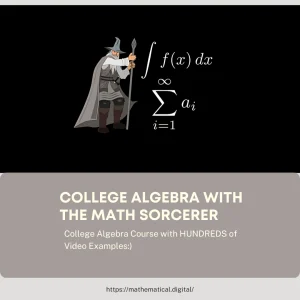
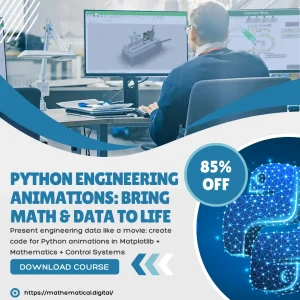
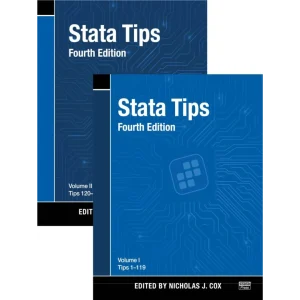
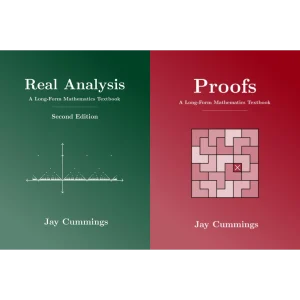
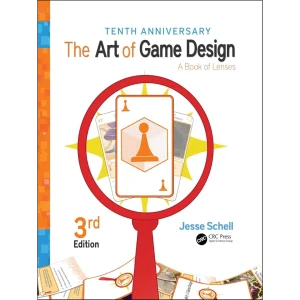
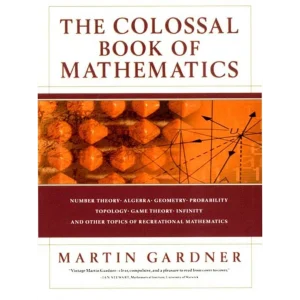
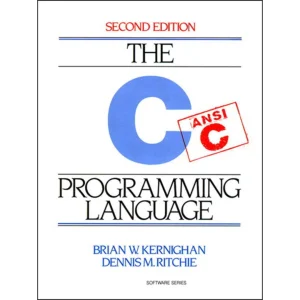
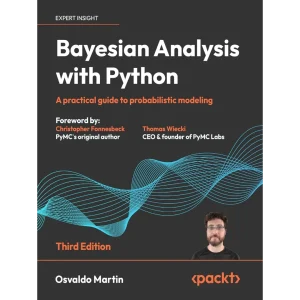
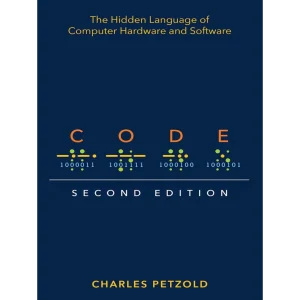
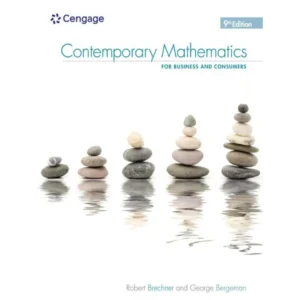
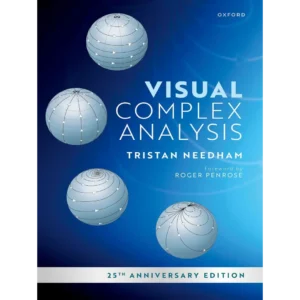
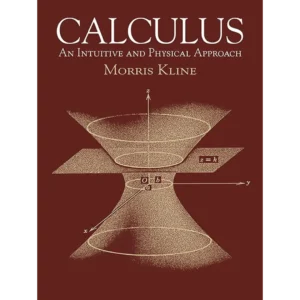
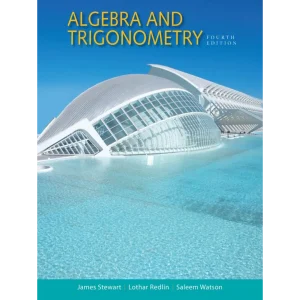
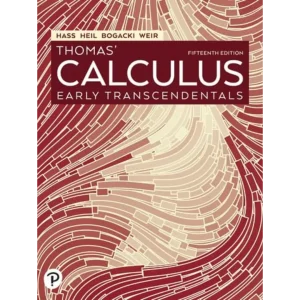
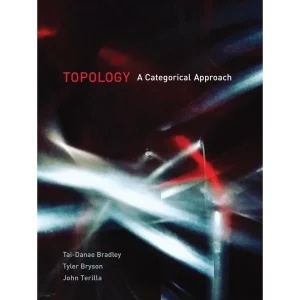
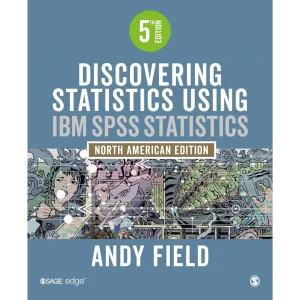
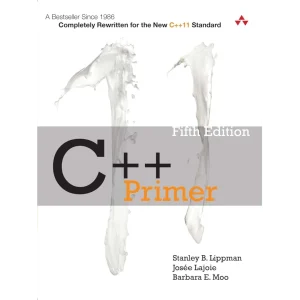
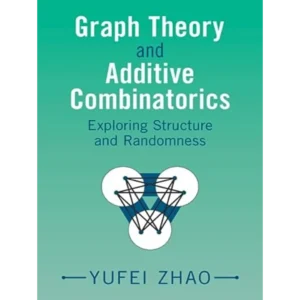
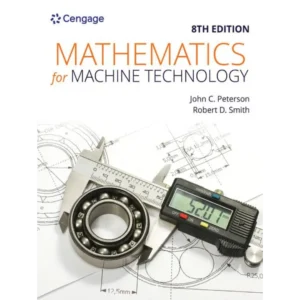
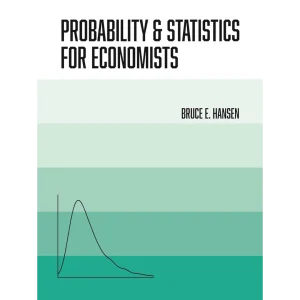
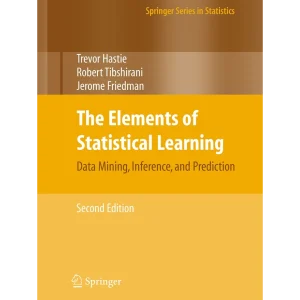

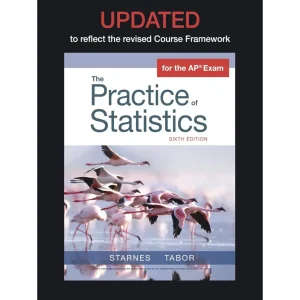
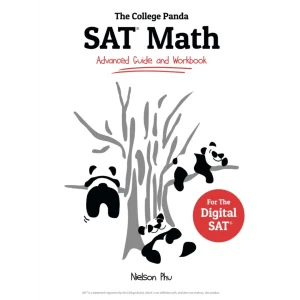
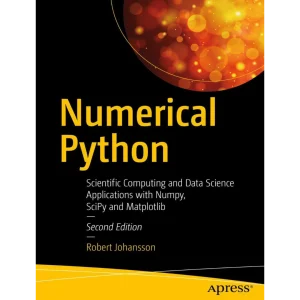
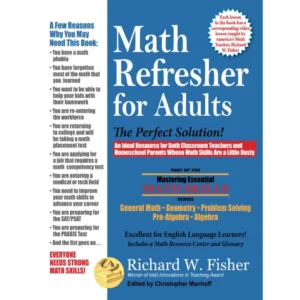

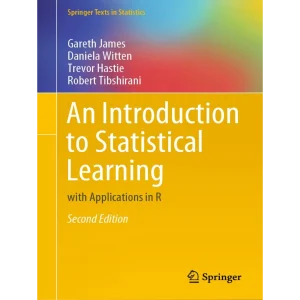

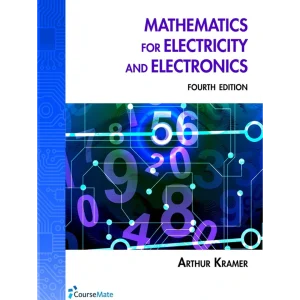
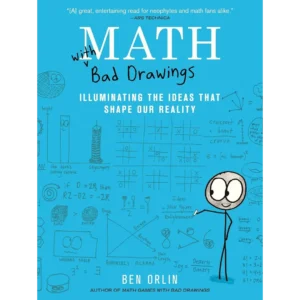
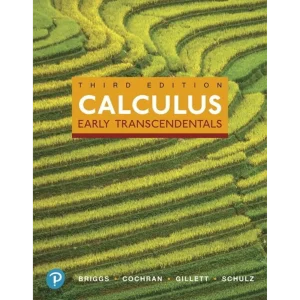
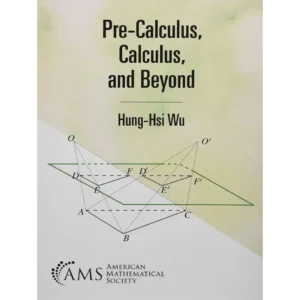

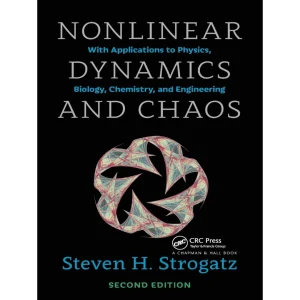
JL R. –
Though not a full picture of maths in Python, this course presents important aspects of a wide spectrum of important chapters of maths.
It achieves this with clearly described Python code, both verbally and in the accompanying Jupyter notebooks (which I believe are an essential part of the course). The code is normally preceded by a short and clear introduction of the concept and followed by exercises, again in Python.
The exercises often consist in the creation of graphical, often beautiful, images that are neverthless very practical applications of the theme of the section. Other exercises consist in proving some kind of statement previously explained as a way of making sure that the user really absorbed it. The exercises are normally more challenging than the example code that precedes them and in some cases they took me some time. They are, however, feasible and a good way to learn and to prove myself that I do know what I imagine that I learned. Some exercises are intended to prove the concepts described in the section. They are also presented more like challenges and not just mere repetitions.
There is a good mix of symbolic and numerical math (respectively through Sympy and Numpy) and quite a good deal of attention to the presentation of the results in Latex, which is explained in some detail.
This course will be probably be useful for those who, already having been exposed to some maths (possibly meanwhile forgotten), are not familiar with the Python most important packages for maths. It also presents concepts that may not be included in introductory texts, like partial derivatives and joint probability distributions, perhaps because it is easy to get results in Python using a single function. Also unexpected is a method to render Gaussian any distribution or to identify clusters in bivariate analysis.
As a student, I have felt that the instructor wants to take students by hand and to motivate them, not necessarily the image that some students might have of their previous maths instructors.
Adel –
Great course, step by step with clear explanation, exercises with video solution.
The instructor is always answering questions and really fast, and it isn’t a teacher assistant, is the instructor himself and that’s really good.
I bought the course when it was launched, but for some reason I didn’t begin earlier, but I noticed that he added content in his courses, and it’s really good.
Thanks Mike !
—————————————————————————————————————
Edit:
I just finished the course, and I confirm what I write above (few months earlier), Mike is one of the best instructors, I wish a long time ago when I was student to have a professor like him.
I took some of his other courses, and now I wil begin the next one!
I hope you’ll enjoy the course as I enjoyed it.
Adel
Nathalie35 –
Incredible course. Using python to visualize math is such a powerful learning tool. Only now I truly grasp the math I learned in school.
I already knew basic python, so I can’t speak for absolute beginners, but for me, it was great to repeat and solidify the basics to then go on learning new concepts.
Using Jupyter notebooks is amazing for this type of stuff. You immediately get to see the result of your code, you can test your code line by line as you write it.
Every single lesson ends in an exercise. I have seen way too many courses that don’t have enough exercise or interactivity in them. Or the exercises are trivial, basically asking you to repeat what you just saw. But not in this course. These exercises are the real deal. Challenging, but never impossible. By design, the exercises encourage you to be creative, play around, see what happens, expand on them, and add your own stuff.
Last but definitely not least, Mike is an incredible instructor. He is able to explain math in a very natural and intuitive way. He ALWAYS answers every single question or comment in the Q&A within a day. His quirky jokes always seem natural and never forced (unlike some other instructors I’ve come across…), you can really feel his enthusiasm for the subject and it is highly contagious. The atmosphere of the course is extremely friendly and down to earth.
I’ve followed quite a few courses, and I can say with confidence, this course is my absolute favorite so far.
Jason –
This is an excellent course for those who want to both learn Python, and brush up on their math knowledge. For me, coming back to mathematics after 30 years, this is very valuable. Prof. Cohen has a relaxed teaching style, goes at an appropriate pace, and also covers the common pitfalls and errors a beginner programmer may face.
I also recommend this course as a springboard for other courses in Data Science and Machine Learning.
On completion of this course, I also would recommend courses by the same teacher:
a) Statistics literacy for non-statisticians
and to gain a deeper mathematical insight, as well as building upon the coding:
b) Complete linear algebra: theory and implementation in code
c) Master statistics & machine learning: intuition, math, code
And lastly, and not least, the exercises are fun to complete, and you also gain insight into how the teacher’s solution differs from your own, being that there can be many right answers to a problem.
JR –
I really enjoyed the instructor’s presentation style. I like that he is not strictly following a script. That is a nice way to illustrate common mistakes one should expect to make as learning ensues. Nice technique.
My personal goal for this course was to see how a trained data scientist uses sympy along with other popular tools / libraries such as IPython utils, matplotlib, numpy, scipy, seaborn, etc.
Section 7 – Algebra 2 – was my favorite. I gained a lot of head way towards my goal with that one. And I had tons of fun too.
Section 10 – Art from Trigometery was a treasure. It proved to be a nice break from the dense material. And awe inspiring as well. Who knew?
Section 11 – Calculus and Section 12 – Linear Algebra were some of my other favorites. So much so that I purchased Mike’s Linear Algebra course.
Mike’s teaching style, his Bug Hunt quizzes at the end of each section and strategically placed “fun factor” elements really helped me reach my goal.
And I do like that he makes materials available via a git repo. Thanks for that.
I highly recommend this course for those of you, who like me, are looking for ways to use Python to apply Mathematics to problems being solved.
In addition, you will be exposed to sympy, numpy, matplotlib and some key features of scipy and seaborn.
You will also find that the Q&A section enjoys active participation. And Mike responds quicker than I would ever imagine.
I really cannot recommend this course, and the instructor highly enough!
20 stars out of 10
Cathy –
So, I came at this course as a fairly experienced programmer, but with no formal training in mathematics beyond high school. My hope was that in working through this course, my knowledge of python would help me better understand high-level concepts in math, something that I have always had difficulty with.
While I am still unable to work through any calculus or linear algebra problems with pen and paper, Mike’s course did help solidify some of those high-level concepts through the translation of them into python code, which was a huge breakthrough for me. My biggest problem with traditional math courses is that they teach you all this theory and methods to solve problems, but never really dig into the real-world problems that you may want to solve, and I know I am not alone in this complaint. This course served as a terrific bridge between the theoretical and practical application of mathematics.
It was also one heck of a fun course to work through. Mike is an amazing teacher, he is entertaining and funny, and he obviously has a great deal of knowledge and passion for the subject. Highly recommended if you want to learn more math, or how to represent the math you already know in Python.
Alexander C. –
This is an excellent course and Mike is a good teacher. For the course content alone, I would give 4 and a half stars, but Mike’s upbeat attitude towards the material and willingness to respond to comments in a helpful manner pushed this up to a five-star experience as far as I am concerned.
This course has a lot to offer anyone who wants to learn how to approach mathematical problems in Python. In particular, it will familiarise you with essential Python modules for mathematics like numpy and matplotlib. I wish I’d learned these skills when I was younger; they would have guaranteed me perfect scores in all my maths tests. Definitely recommended to anyone who wants to improve their mathematical abilities using programming.
The course will also benefit your programming skills to some degree because you will get hands-on experience programming as you go along. That said, I think if you only want to learn Python and have no interest in mathematics, this is not for you.
If you already know
the absolute basics of programming in Python and want to get into mathematical programming, this is a great place to start. The 37 hours were not wasted and I’m definitely ready to jump into more challenging mathematical programming tasks that would have terrified me before I started. The course will help you build confidence combining mathematics with programming. Thanks for the course!